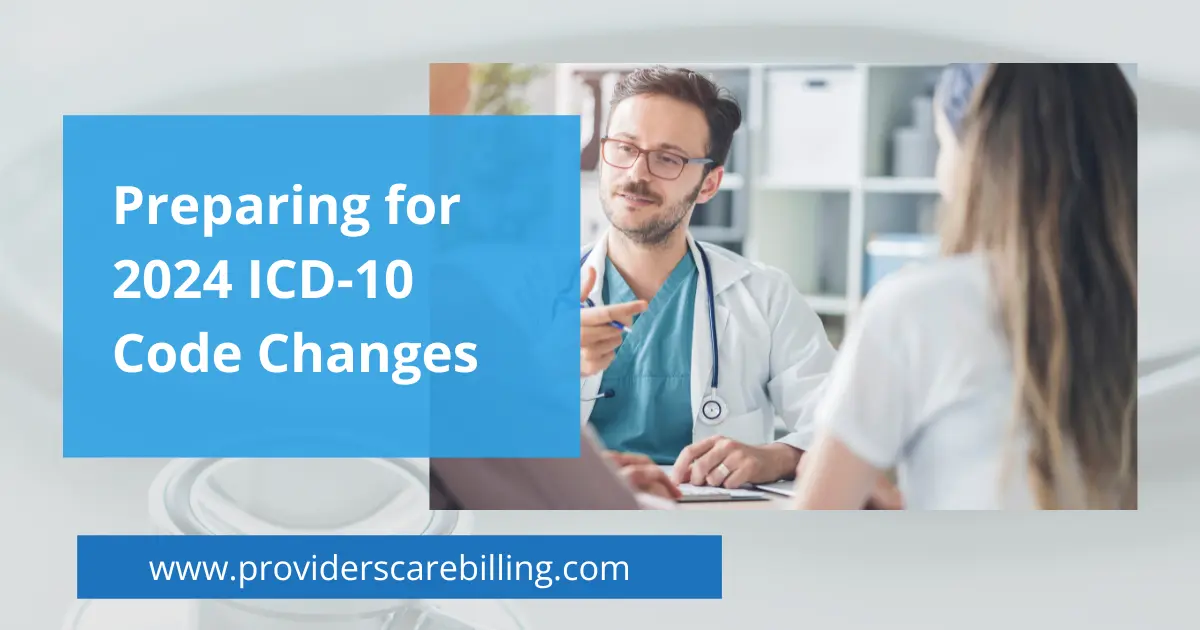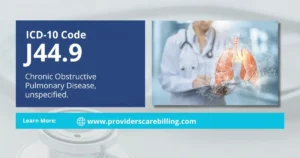The anticipation is building as the changes to the ICD-10-CM and ICD-10-PCS code systems and guidelines for FY 2024 have been unveiled. For those deeply immersed in coding, this marks an exhilarating phase. Navigating these adjustments successfully requires strategic preparation. The question arises: How can you maximize the time between now and October 1 to ensure your team, healthcare providers, and revenue cycle are primed for the transition?
In this blog post, we’ll dissect the key changes within the FY 2024 code updates, elucidate their implications, and offer actionable insights for a streamlined adaptation process. From ensuring your coders are well-versed in the amendments to guaranteeing accurate documentation, we’ll cover it all. Join us as we explore how to capitalize on this opportunity, ensuring a smooth and successful integration of the FY 2024 ICD-10 code changes.
Overview of Significant Changes Expected in 2024
This is the moment to learn about the revisions and comprehend their implications. While substantial modifications to the coding of diagnoses or procedures are easily noticeable, even a minor alteration in wording or a slight adjustment to the instructions demands thorough comprehension.
ICD-10 Codes for External Causes of Morbidity
This year’s significant updates to the codes place us squarely in Chapter 20 – External Causes of Morbidity (V00-Y99), accounting for almost half of the new codes introduced this year. There are a total of 123 code revisions in Chapter 20, specifically in the realm of External Causes of Morbidity (V00-Y99), offering a comprehensive portrayal of various accidents and injuries.
SDoH ICD-10 Codes
Eight out of the thirty new codes in Chapter 21 (Z00-Z99) pertain to social determinants of health (SDoH). These codes encompass aspects concerning child upbringing and various factors influencing health status and interactions with health services.
Osteoporosis ICD-10 Codes
Chapter 13 – Diseases of the Musculoskeletal System and Connective Tissue (M00-M99) introduces 42 additional codes aimed at enhancing the precision of osteoporosis classification in cases involving pathological fractures.
Diseases of the Eye and Adnexa ICD-10 Codes
Among the 45 new codes in Chapter 7 – Diseases of the Eye and Adnexa (H00-H59), 29 specifically delineate orbital muscle entrapment while indicating the precise muscular segment involved. Muscle and soft tissue entrapment occur when a fractured bone, propelled by the fracturing force, reverts to its original undisturbed position, ensnaring tissue within the fracture location. This occurrence is more frequent in pediatric cases.
Pregnancy ICD-10 Codes
The National Center for Health Statistics has been asked to provide further details regarding the coding for current code O90.4, which pertains to Postpartum acute kidney failure. This code currently includes anuria, oliguria, and hepatorenal syndrome as complications during the puerperium. To enhance accuracy, distinct codes have been established to classify these conditions.
Additionally, within the same chapter, novel codes, namely O26.64-, have been introduced. These codes are intended for documenting intrahepatic cholestasis during pregnancy. The structure of these six-character codes enables the specification of the trimester involved.
Circulatory System ICD-10 Codes
Angina, a prevalent ailment often overlooked, is frequently accompanied by coronary microvascular dysfunction. This state has a strong connection with markedly elevated occurrences of major adverse cardiac events, as noted by Abbot Laboratories, Inc., the requester of these codes. Within the same chapter, a series of fresh codes have been introduced to facilitate tracking of these conditions.
Furthermore, this chapter includes novel codes addressing various forms of hypertension (I1A-) and inappropriate sinus tachycardia (I47.10-I47.19). Corresponding adjustments have been made in the tabular section to accommodate these new code additions, along with a number of code revisions.
Impact of Changes on Healthcare Providers
Coders play a pivotal role in preparing their organization for the revised codes and guidelines set to take effect on October 1. We advise coders to actively engage with the updated codes and guidelines by applying them to their own cases and coding them accordingly. It is essential to assess the documentation for potential enhancements that could support the implementation of the new rules.
Additionally, adjustments will be necessary within the chargemaster or billing system to accommodate these changes. The anticipated impact on reimbursement, which the organization relies upon, will need to be carefully evaluated. It is imperative to consider how modifications to codes or guidelines might influence prior Coding Clinic guidance.
Who Should be Informed About the Changes?
Understanding and preparing for changes to coding systems well before their implementation date can help healthcare organizations and professionals avoid potential issues, reduce errors, improve revenue cycle management, and enhance overall efficiency. It’s a proactive approach that can positively impact patient care, financial outcomes, and operational effectiveness.
1- Healthcare Providers
If there’s a significant change to a coding system’s definition, such as modifications to the codes or their meanings, healthcare providers might need to adjust the way they document patient information. Being aware of these changes in advance can help providers include the necessary additional information in their progress notes. This proactive approach can prevent queries and enhance the accuracy of medical records.
2- Auditing and CDI Teams
Auditing and CDI teams should not wait for external auditors to become aware of impending coding changes. They should instead take the initiative to incorporate the adjustments into their plans well in advance. This proactive strategy can result in more accurate coding, fewer rejected claims, and financial losses due to claim denials or claw-backs.
3- RCM Team
Preparing the revenue cycle team involves evaluating their existing systems and processes to ensure they can seamlessly transition to the new coding system when it’s implemented on October 1. By taking this proactive stance, the team can identify and address potential issues ahead of time, minimizing disruptions and ensuring a smooth transition.
Conclusion
In anticipation of the upcoming 2024 ICD-10 code changes, it is crucial for healthcare providers and professionals to proactively prepare for the implementation of these revisions. Staying abreast of the new codes, modifications, and guidelines will ensure accurate documentation, billing, and streamlined patient care processes.
Moreover, fostering collaboration between medical coders, clinicians, and administrative staff will facilitate a smooth transition and minimize disruptions in the healthcare workflow. Embracing these preparatory measures will undoubtedly contribute to maintaining the quality of care, accurate data analysis, and compliance with coding standards in the ever-evolving landscape of medical practice.




